https://www.youtube.com/watch?v=_nv4Gm8XWf0
Coffee - From Bean to Brew _ Mike Cooper
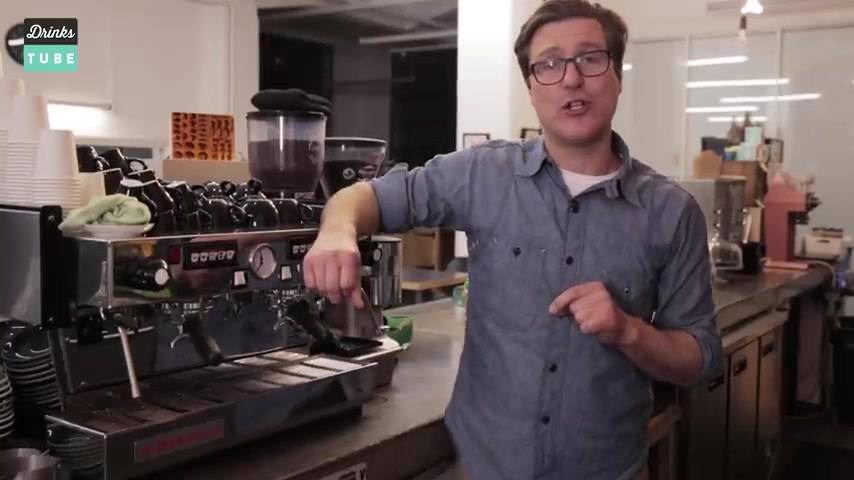
Hi , guys .
And welcome to drinks tube .
My name's Mike .
And as you know , I absolutely love coffee today .
I have a very special treat for you .
I'm gonna take you on a journey .
This is coffee from bean to brew .
So you might recognise coffee when it looks like this .
But I can tell you it's been on a long journey before it gets to this point .
Coffee grows in a very specific area of the world known as the coffee belt , roughly between the tropics of Capricorn and cancer .
So coffee beans aren't actually beans .
They're seeds , coming as they do from the coffee cherry .
Each of those usually contains two beans .
Now , I think it's time to go and visit the roastery .
So here we are , inside the Roastery , and I'd like to introduce you to these little fellas here , which is the green coffee bean pre roast .
Quite an unusual looking chap , but I've not seen them like this before .
I'm also in the most extraordinarily lucky position of being able to roast these for myself .
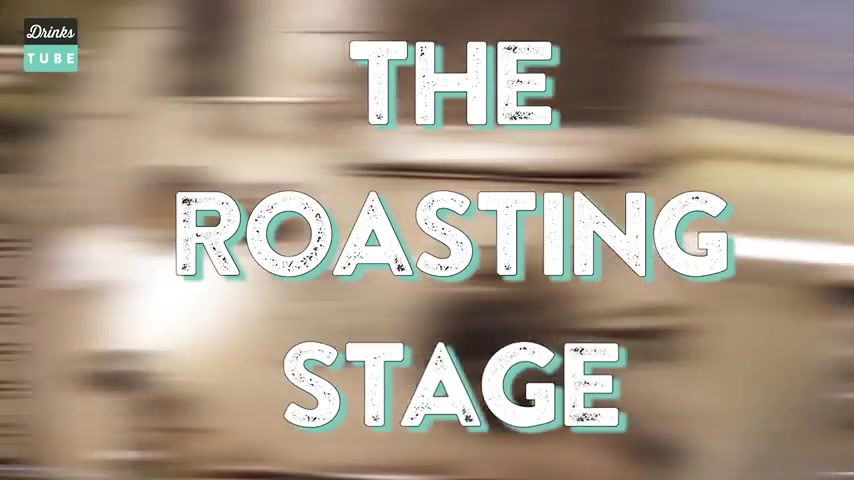
And I am gonna take you guys through that process as I do it .
This is a part of the process .
Our beans are going into the hopper just before they start to roast .
This is all the front end stuff .
Gently .
There we go .
In they go pour them all through .
Oh , very important bit .
We've reached drop temperature now , so we've got to release these beans now before it goes any higher , just gently back .
And here she goes .
You can hear them wonderful .
In they go .
And there we have the beans in the roaster and the timing starts You can start to see Start .
It's not the mala reaction yet , which is where they start to go brown .
But they're giving up a You've gotta be careful here .
You get your burn , your schnoz done that before we start to get that kind of straw smell about it .
So it's early days still yet .
We've got a little bit of time to go .
Let's pop these back in .
So we're hitting about 10 minutes in now .
I'm gonna do another check and see how we're going on that browning on the set .
Here we go .
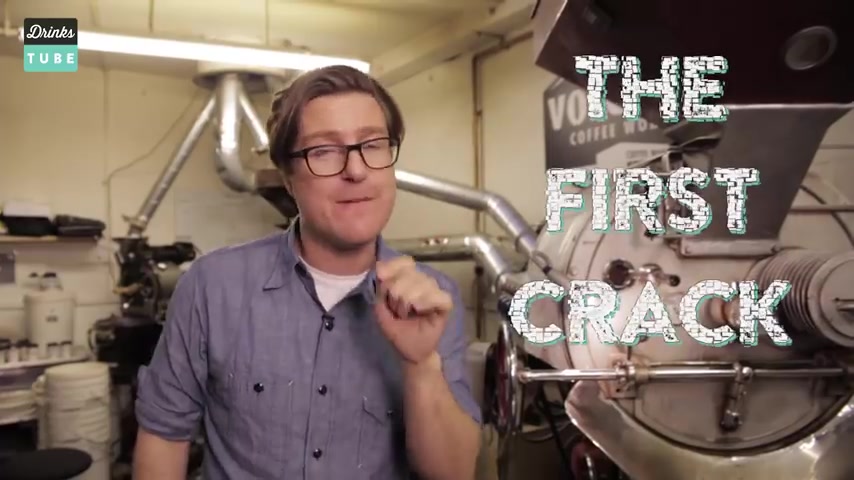
Coming up to the Browning period .
Now you can see they're really starting to go .
Not long now .
We're getting a critical phase in the entire roasting process .
What's called the first crack is imminent .
And we're going to be pulling out the beans very , very soon .
After that , we're going to be listening out for that first crack and the whole set of beans in there .
Once the first few go , this reaction goes and you get this cracking sound coming from inside the roaster .
Almost there .
Almost there .
Oh , yeah , Yeah , yeah , yeah .
Here we go .
Look , check these out .
These are done .
These are coming out .
These are coming out .
Hang on .
This is the big thing .
Out they come .
This is huge , Exciting .
Here we go .
Just gently .
It is .
It's lovely .
This is lovely , toasty and warm .
But it's time for the roasting process to stop .
So the arm is pulling the beans around and it's distributing them easily across here so that when the cold air coming back down through here , it will cool these beans and effectively halt the roasting process as soon as possible .
Because we're happy with where we've got the roast .
Right now .
We're about an hour , hour and a half later .
Now beans are all cooled down .
It's time to keep in that freshness .
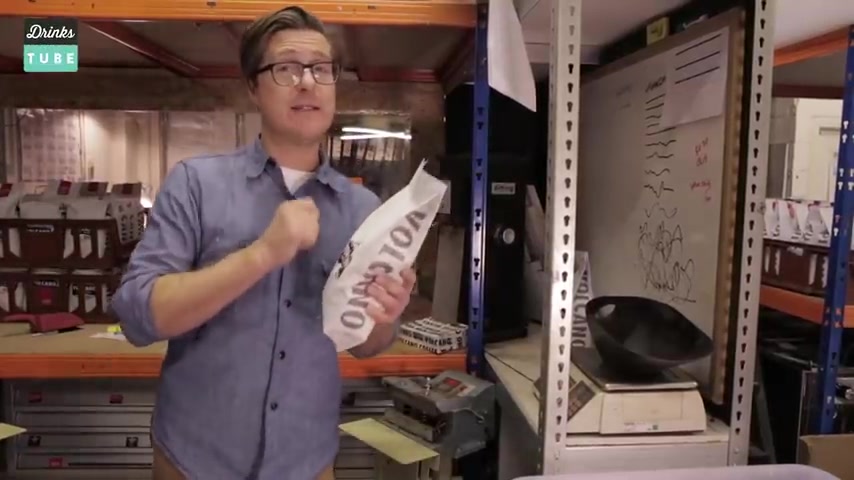
Hi , everyone .
What's up ?
It's Josh here from alternative brewing .
And today we're gonna be brewing coal brew immersion coffee using the Totty coal brew system .
This is the two liter Home Totty .
There's also a larger Totty commercial coal brewer available that holds 15 liters .
The Totty Home Brewer comes with a brew container with a handle , a glass decanter with a lid , two reusable felt filters and this a stopper .
This is a very practical and repeatable method of coal brewing coffee that makes coffee without the bitterness .
That's a very smooth coffee concentrate .
It's also great at making cold brew tea to get started brewing with the Totty .
All we're gonna need is 200 g of coffee beans and two liters of water .
We wanna be using coarsely ground coffee .
This is an important factor making sure it is as coarse as you would say used for French press or slightly more .
Otherwise it will clog up the felt filter when you're draining out your brew .
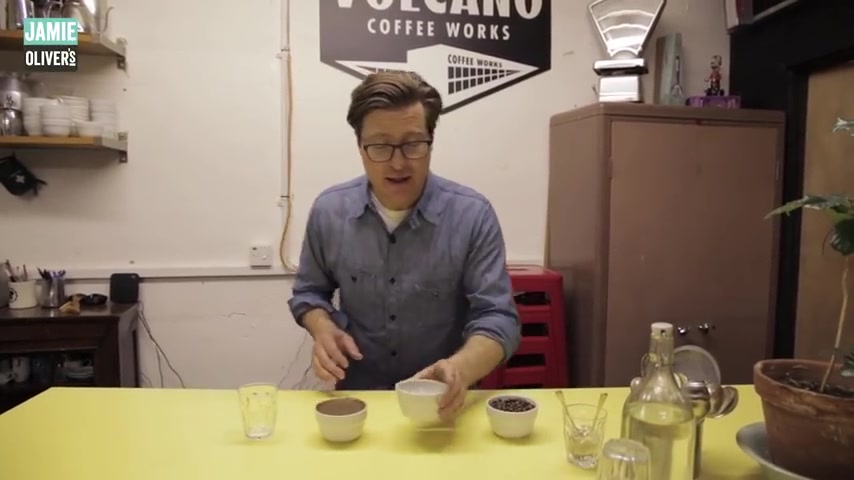
I'm gonna be smelling it while it's wet and making sure that that hits the right profile , the smell and taste .
So every part of this process is standardised and importantly .
So So you know , you get the right results every time .
So this has been weighed to exactly the same amount as it does every time , and you smell it and it is delightful .
Next up is to get a good old smell of this .
Now it's been sitting in the same temperature water for four minutes .
Exactly .
I push back the crust and get a good nose full of the aroma to make sure that it fits the profile that we're after .
Well , that certainly smells good to me .
It smells wonderful , in fact , So now the coffee has been scraped off the top , and it's time for the all important taste , right ?
Let's hear it now .
I warn you , there's gonna be some gratuitous slurping any second now .
So those of you who have a nervous disposition .
Look away .
Or at least turn your volume down .
Here it goes , Uh-huh .
Yeah , that tastes very nice .
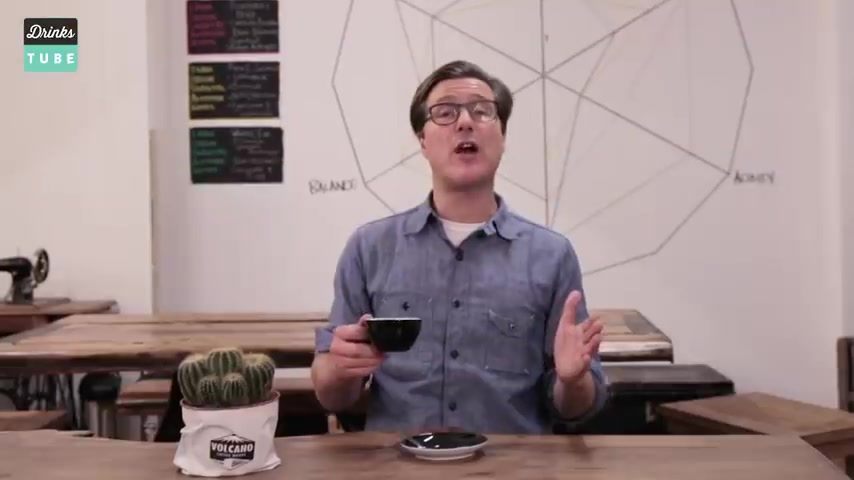
Now , I've used the Baraa Encore grinder to grind my beans .
And next , I'm gonna place the rubber plug into the bottom of the Totty Brewer .
You don't have to jam it in there too hard for it to work .
And then I'm gonna pre wet one of the felt filters and add it to the bottom of the inside of the brewing container .
And we're gonna pour in 250 mils of cold water first before adding our first half of our coffee .
And this water will prevent the coffee from sticking to the bottom of the container .
Then pour another liter of water in a circular motion and we're trying to ensure all the grinds get wet adequately .
Once that's done , add the last of your coffee and water in the same fashion .
Now , you don't want to stir at any point or either folding in the coffee very gently to the water or patting it down with the back of a spoon will help in getting any of those grounds that are still high and dry underneath the water .
But once that's done , you can add some wrap to the top of your Totty and leave it on the bench or in the fridge for at least 12 hours .
Are you looking for a way to reach a wider audience and get more views on your videos?
Our innovative video to text transcribing service can help you do just that.
We provide accurate transcriptions of your videos along with visual content that will help you attract new viewers and keep them engaged. Plus, our data analytics and ad campaign tools can help you monetize your content and maximize your revenue.
Let's partner up and take your video content to the next level!
Contact us today to learn more.